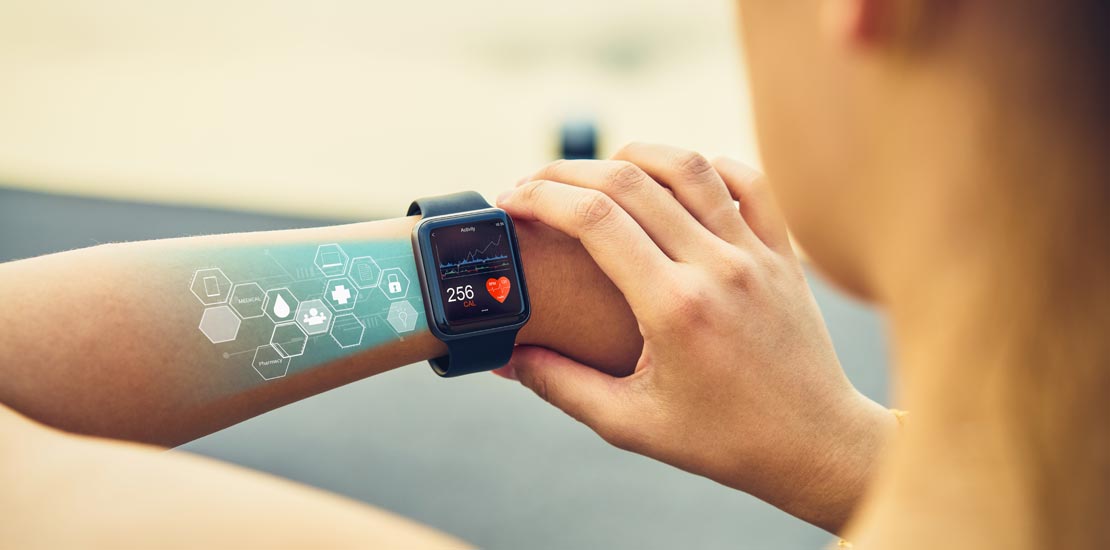Remote Patient Monitoring: Enhancing Healthcare Delivery Beyond Hospital Walls
- May 24, 2023
- Posted by: sfm@triassicsolutions.com
- Category: Healthcare - Inven WearDaQ

In recent years, technological advancements have revolutionized healthcare delivery, enabling healthcare providers to deliver care beyond the hospital walls. One of the key areas where technology has been applied is in remote patient monitoring. Remote patient monitoring (RPM) is the use of digital technologies to monitor patients’ health status from outside the traditional clinical settings, such as hospitals and clinics. RPM devices and sensors collect patient health data, which is then transmitted to healthcare providers for analysis and intervention. RPM technology can be used to monitor a range of health indicators, including blood pressure, heart rate, blood glucose levels, and oxygen saturation. RPM has the potential to enhance healthcare delivery, improve patient outcomes, and reduce healthcare costs. In this blog post, we will explore remote patient monitoring in detail, including its benefits, challenges, and future prospects.
What is Remote Patient Monitoring (RPM)?
Remote patient monitoring (RPM) involves the use of digital technologies, such as mobile devices, wearables, and sensors, to collect patient health data from outside the traditional clinical settings. The collected data is transmitted to healthcare providers, who can use it to monitor patients’ health status, detect early warning signs of health problems, and intervene as necessary.
Benefits of Remote Patient Monitoring
-
Improved patient outcomes:
RPM allows for real-time monitoring of patient health data, enabling healthcare providers to identify and address potential health issues before they become more serious. This early intervention can lead to improved patient outcomes, including reduced hospitalizations, decreased mortality rates, and improved quality of life.
- Reduced healthcare costs:
RPM can reduce healthcare costs by minimizing hospitalizations and emergency room visits. By monitoring patients remotely, healthcare providers can identify and address potential health issues before they become more serious, reducing the need for costly interventions.
- Increased Access to Healthcare:
RPM technology can increase access to healthcare, particularly for patients who live in remote or underserved areas. Patients can receive care from the comfort of their own homes, without the need for frequent trips to healthcare facilities. - Increased patient engagement:
RPM can improve patient engagement by providing patients with real-time feedback on their health data. This can motivate patients to take a more active role in their healthcare and make positive lifestyle changes. - Enhanced care coordination
RPM can enhance care coordination by enabling healthcare providers to work together more effectively and share patient data more easily.
Challenges of Remote Patient Monitoring
- Data privacy and security:
RPM involves the collection and transmission of sensitive patient data, which raises concerns about data privacy and security. - Technical issues:
RPM requires the use of reliable and accurate digital technologies, which can be expensive and prone to technical issues.
- Patient acceptance:
RPM requires patients to use digital technologies to monitor their health status, which may not be feasible for some patients. - Regulatory challenges:
RPM is subject to regulatory challenges related to data privacy, security, and reimbursement.
Future Prospects of Remote Patient Monitoring
Despite the challenges, remote patient monitoring is expected to continue to grow in popularity in the coming years. The future of RPM looks promising, with the continued advancement of digital health technologies such as artificial intelligence and machine learning. These technologies can further enhance the capabilities of RPM and improve patient outcomes. Additionally, regulatory frameworks are evolving to address the challenges associated with RPM, making it easier for healthcare providers to adopt and implement RPM.
Conclusion
Remote patient monitoring is a promising area of digital health that has the potential to enhance healthcare delivery, improve patient outcomes, and reduce healthcare costs. While RPM presents several challenges, technological advancements and regulatory frameworks are expected to address these challenges in the coming years. As such, RPM is expected to continue to grow in popularity and play an increasingly important role in healthcare delivery.
Contact us at the Consulting WP office nearest to you or submit a business inquiry online.
